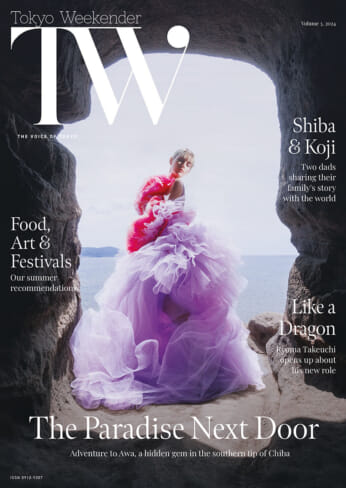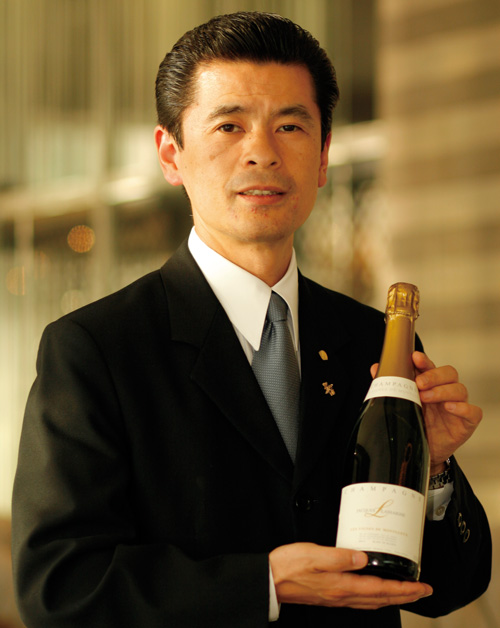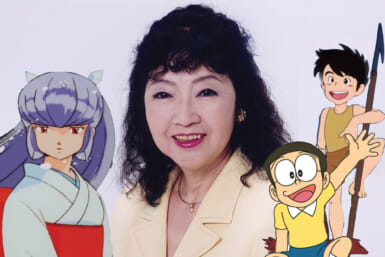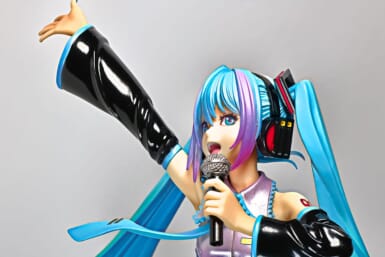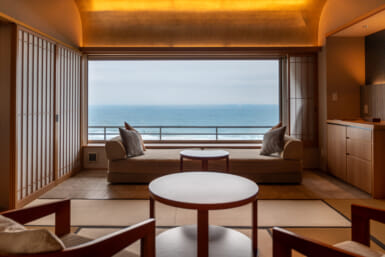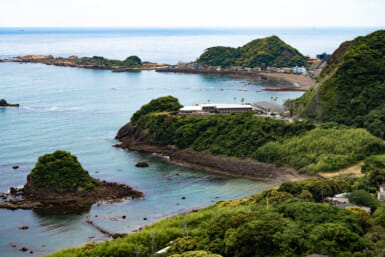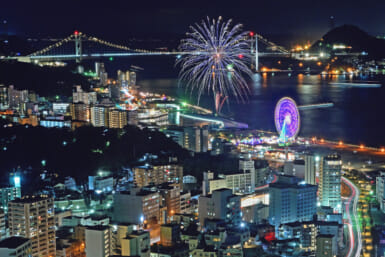Recently it’s felt like an invitation to another wine tasting appears in our inboxes daily. Obviously the Tokyo wine scene is taking off, but how do you make sense of all the choices? The Weekender spoke to an expert sommelier to seek insights from his years of experience.
Sommelier Fumihiko Kamo started out in the kitchen, and, if it weren’t for a confused search for a wine bottle in a cellar, he might still be there. Today, the chef and wine expert applies his more than 25 years of experience in the wine trade to selecting the perfect vintages to accompany the cuisine of the Mandarin Oriental hotel’s two Michelin-starred restaurants, Signature and Sense. Kamo spoke to the Weekender about how professionals approach wine tastings, what he’s learned along the way, and a funny thing that happened when he was just about to finally get to try a 1961 Château Pétrus.
How did you become interested in the world of wine?
At first, I aspired to become a professional cook. I worked in the kitchen of French restaurant in Tokyo for six months after my graduation. During that time, one of the service staff left the restaurant, and I was transferred to the service section from the kitchen. One day, I was ordered to deliver a bottle of a certain wine, but I had no idea which one it was, as there were so many wine bottles in the wine cellar. Looking at me with a surprised expression, my boss exclaimed, ‘You do not know anything about wine even though you were in France for one year!”
That made me want to learn about wine.
What were the most important lessons from the first tastings that you attended?
I learned breaking down the balance of sweetness, acidity, the volume of alcohol and tannins from the chef sommelier of the first restaurant I worked for in France.
Were there any big surprises that you didn’t expect from the wine scene?
Once I tasted a bottle of wine produced in 1970 and made a judgment that we could not recommend this wine any more as it had already passed the peak of its taste. Still, we were at a loss of what to do as there were six bottles of the wine remaining in our stock at that time.
Soon after that, a guest made request, saying that he wanted to have a really full flavored wine, and asked me ‘Do you have any wine that tastes like the falling leaves or leaves dying in the Autumn?’ My mind quickly flashed back on that 1970 wine and served it to the guest. The guest was perfectly satisfied and said that it was just what he was looking for. I learned from this experience that I shouldn’t judge a wine based only on my own tasting. One wine that I might judge to be damaged, could be the one which a guest would positively delight in. The six remaining bottles of that wine were sold out just six months after that.
How do tasting sessions differ from each other? What kinds of tastings are there?
Well, where I work, we sometimes organize special wine events or dinners in our modern French restaurant Signature and in Sense, our Cantonese restaurant — both of which are Michelin Starred — or at K’shiki, which is ‘Asian inspired’ dining. Usually we first decide the area of production, such as France, the United States or Chile. Then we request a specific winery to offer us a special wine to feature from that region, and then ask for some other additional line-up to follow the featured wine. So far we have organized these kinds of special wine dinners every two months, but would like to have more in 2011.
How do professional sommeliers approach tastings?
At first, we observe the character, nature and quality of the wine carefully and taste each wine while considering whether it would be appropriate for our restaurant, for example, what kind of cuisine it would match to delight the guests more.
What is the best way to enjoy a tasting?
Upon the first encounter with a wine, you have no information, so I am always curious to find out about its personality. I first observe the appearance as I would a person. Then I move on to one of the draws of wine, its aroma, and take it in while searching in my mind for the precise words to describe it.
I then taste the wine — from the tip of the tongue, I let it flow to the sides and through the center all the way back — and analyze the balance of sweetness, acidity, bitterness and tannins. In addition, I study the length of time the aftertaste remains in order to determine the personality and uniqueness of the wine. I have been fortunate enough to ‘meet’ a variety of wines through tasting opportunities, and, by understanding their flavours, it feels as if I have made a new friend each time.
What are you biggest recommendations for educating yourself better if you love wine and want to know more?
Enjoy the wine simply at first regardless of any knowledge you might already have about that particular vintage.
Find as many opportunities as possible to do tastings and experience as many kinds of wine as possible.
When I meet a really great wine, or one of my favorites, I am deeply interested in it and think, ‘What kind of place is this made in? What kind of person is making this wine?’ Then I will visit the vineyards or producers and talk directly with the wine maker to learn more about them.
If you can feel their personality and passion, the door into the deep world of wine will open.
Has anything unusual happened at any tastings that you have attended?
There was a tasting opportunity to try the 1961 Château Pétrus. However, once the bottle was opened, it was identified as a fake by an inscription on the cork that read ‘1970 Château Pétrus’! This was of course a tremendous disappointment, since I had invested a lot of money to participate in the event and ended up drinking only a 1970 Château Pétrus.
Shortly after, I was contacted by the organizer, who informed me that they had won a dispute in court over the wine, and would be holding a real tasting event for the 1961 Château Pétrus. The attendance was free of charge, and not only did I taste the 1961 Château Pétrus, but also a 1961 Château Mouton Rothschild, which was an ultimate experience, never to be forgotten.
Professional tastings are suppose to involve spitting out wine rather than drinking it — do sommeliers always follow that rule? Or does it depend on the tasting?
It depends on the quantity that you are tasting. If we taste more than 100 bottles, I never drink, I spit. On the other hand, if I were tasting a limited number of vintage bottles, I would slowly intake the wine with full concentration and enjoy the sensation of drinking down the liquid itself.
What wines have you been interested in recently?
I am interested in Japanese wine. I have not visited a lot of local wine makers yet, but I am sure the quality of Japanese wine is up-grading year by year. I want to visit them more and more to know more about them.
What do you like to drink when you aren’t drinking wine?
For a casual meal, I have liked drinking beer since I was living in France. I also like having delicious coffee and English tea.
Like most months, there is a wide range of wine events and tastings in and around Tokyo. Here’s what we found without even really trying:
Beaujolais for Books
If you want to enjoy wine and give a gift of free books to children in need at the same time, then attend the Beaujolais for Books party. Beaujolais for Books takes place on Nov. 20, 6:30-9:30 pm at Soleil Provence. The ticket prices are ¥3,500 per person, which includes food and two glasses of Beaujolais. For more information, call (04) 6624-5381The Kimono Wine Bar
The Kimono Wine Bar has been hosting wine classes throughout the past year. The last wine school for 2010 will be held on Nov. 20 from 4 till 6 pm. Tickets are ¥4,500 and include five wines. The class will be lead by wine expert Jan Nelson. The nearest station is Enoshima on the Odakyu Line. For more information, call (03) 6438-1685Simply Italian Great Wines Japan 2010
Learn more about great Italian wines and meet successful Italian wine producers. Join the wine party “Simply Italian Great Wines Japan 2010” on Nov. 26 from 10:30 am till 5 pm at the Aoyama Diamand Hall. For more information, call (03) 5467-2111The Jeroboam Fine Wine Club Christmas Wine Party
More than 30 wines will be served from all over the world at the “Jeroboam Fine Wine Club Christmas Wine Party,” which takes place Nov. 27 from 7 to 9:30 pm at Aquavit, Tokyo. The nearest station is Gaienmae. Ticket prices are ¥12,000 in advance and ¥13,000 at the door. Reservations are required. For more information, call (03) 5786-3280Wine tasting with Makoto Endo
Makoto Endo, the famous author of the book “A Guide to Japan’s Wineries” is hosting a domestic wine tasting event on Nov. 21, 2-5 pm (¥3,000). On Nov. 22, Endo is also hosting a Japanese wine dinner, which features vintages from Kizan, Takahata and Watanabe vineyards (9 am-5 pm; ¥ 22,000). Both events will be held at the Peninsula Hotel in Tokyo. For more information, call (03) 6270-2691Coco Farm and Winery’s 27th Annual Harvest Festival
If you don’t mind going out of town, Coco Farm and Winery’s is hosting its 27th Annual Harvest Festival Nov. 20-21. Head over and enjoy two days of great food, excellent wine and live music. The festival starts daily 10:30 am and goes till 3:30 pm. Coco is located at 611 Tajima-cho, Ashikaga-shi, Tochigi-ken; admission ¥2,000; for more information, call (02) 8442-1194Wine tasting at Legato
Enjoy a Bordeaux wine tasting with a gourmet French Dinner on Nov. 27, 7 pm at the upscale Legato Restaurant in Shibuya. ¥9,980 in advance or ¥10,980. For more information, contact: [email protected]French Wines with live music
The live music party “French Wines, Cheeses and Soul & Funk” is being held at the Fiat Space ( Aoyama 1-chome) Dec. 4, 8-10:30 pm. A ¥3,980 ticket includes drinks, cheese and music, or for ¥ 4,980 you can enjoy all the above with a guaranteed spot on a sofa plus a glass of Champagne. For more information, contact: [email protected]
